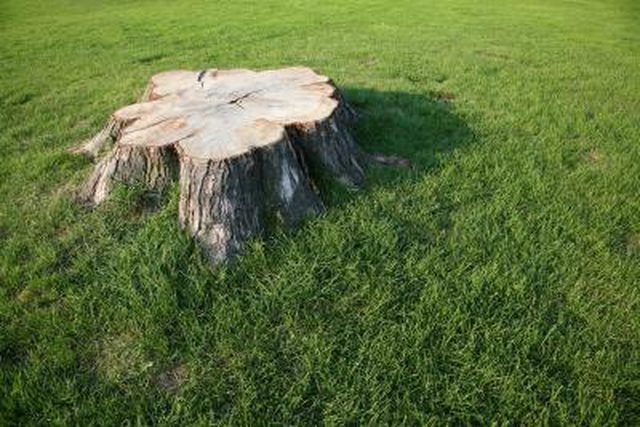Bulbs
Flower Basics
Flower Beds & Specialty Gardens
Flower Garden
Garden Furniture
Garden Gnomes
Garden Seeds
Garden Sheds
Garden Statues
Garden Tools & Supplies
Gardening Basics
Green & Organic
Groundcovers & Vines
Growing Annuals
Growing Basil
Growing Beans
Growing Berries
Growing Blueberries
Growing Cactus
Growing Corn
Growing Cotton
Growing Edibles
Growing Flowers
Growing Garlic
Growing Grapes
Growing Grass
Growing Herbs
Growing Jasmine
Growing Mint
Growing Mushrooms
Orchids
Growing Peanuts
Growing Perennials
Growing Plants
Growing Rosemary
Growing Roses
Growing Strawberries
Growing Sunflowers
Growing Thyme
Growing Tomatoes
Growing Tulips
Growing Vegetables
Herb Basics
Herb Garden
Indoor Growing
Landscaping Basics
Landscaping Patios
Landscaping Plants
Landscaping Shrubs
Landscaping Trees
Landscaping Walks & Pathways
Lawn Basics
Lawn Maintenance
Lawn Mowers
Lawn Ornaments
Lawn Planting
Lawn Tools
Outdoor Growing
Overall Landscape Planning
Pests, Weeds & Problems
Plant Basics
Rock Garden
Rose Garden
Shrubs
Soil
Specialty Gardens
Trees
Vegetable Garden
Yard Maintenance
How to Kill the Roots of a Tree After Pulling Out the Tree
How to Kill the Roots of a Tree After Pulling Out the Tree. When you cut a tree down or pull a stump out of the ground, roots remaining the soil are often still alive and may produce new shoots. Certain trees including willows (Salix spp.), some maples (Acer spp.) and Populus species such as cottonwood tend to produce new sprouts very vigorously....

When you cut a tree down or pull a stump out of the ground, roots remaining the soil are often still alive and may produce new shoots. Certain trees including willows (Salix spp.), some maples (Acer spp.) and Populus species such as cottonwood tend to produce new sprouts very vigorously. Treating a stump with herbicide immediately following cutting the tree down can kill the tree's root system. Where the bulk of the stump and tree crown were pulled out or ground up and there is no cut surface remaining, you will have to address the remaining root system by treating new sprouts as they emerge.
Things You'll Need
Stump grinder
Drill with large bit
Slow-release fertilizer
Soil or organic material mulch
Saw, loppers or other cutting tools, as needed
Glyphosate or triclopyr herbicide
Foam brush or applicator
Spray applicator
Nonchemical Control
Grind out as much of the remaining stump and root system as possible. This will greatly decrease the number of sprouts that appear.
Drill holes into the remaining stump and root system, pour a slow-release nitrogen fertilizer into the prepared holes and cover the area with mulch or soil. This will accelerate decay.
Monitor the site for new sprouts and cut them off at or below ground level as soon as they appear. Constantly removing young sprouts or mowing them off at ground level will eventually deplete the root system's reserves.
Herbicide to Kill Roots
Cut any remaining stump down to as near as possible to ground level, exposing living tissue, and make the cut as level as possible so herbicide will not run off of the surface. Brush any sawdust or dirt off of the cut surface, as debris will interfere with herbicide absorption.
Prepare a herbicide solution that contains 8 to 10 percent glyphosate or triclopyr. Look at the active ingredients list on the product's label and observe the percentage of glyphosate or triclopyr in the material. Blend this product with water so that the new solution contains 8 to 10 percent active ingredient. Specific manufacturers may offer different directions for product preparation and use with cut surface treatments. Always follow manufacturer recommendations to ensure safe and effective use.
Brush the prepared herbicide solution onto the cut surface using a foam brush or applicator. For small stems, coat the entire surface. For larger stumps, you only have to paint the chemical onto the outer three inches of the cut surface, as this is where the living tissue is located. Alternatively, you can use a small hand or garden sprayer to apply the product, coating the cut surface thoroughly, though not to the point of runoff.
Monitor the area regularly for any emerging suckers. Cut the suckers down at or just below the soil surface as soon as you notice them. This will gradually deplete the root system's reserves. Alternatively, wait until the leaves on the sucker have fully expanded and spray the foliage on the sprout with a solution that contains 1 to 2 percent glyphosate or triclopyr unless otherwise directed by the product manufacturer. If the sprouts are located in a lawn area or where there is desirable vegetation, use triclopyr or another herbicide that will kill broadleaf plants without injuring grasses or apply the chemical very carefully.
Tips & Warnings
Herbicides are most effective when applied to trees that are actively growing, so time your tree removal and chemical treatments for late summer or early fall and when the tree is not under drought stress, if possible.
When handling and applying herbicides, wear safety glasses, gloves, long sleeves, pants, closed-toe shoes and any other personal protective equipment recommended by the product manufacturer.